
An aeronautical engineer by profession, Fabien Bravin is a macro photographer who has chosen to walk a path rarely trodden by photographers of similar interest. A self-confessed addict of macro photography, he tries to emphasize the beauty and poetry of nature in his shots. Here we are in talk with the man who has produced an array of stunning pictures.
Q. Your macros are a celebration of colors. What influenced you to take up macro photography?
A. Even before I started photography, I’ve always been attracted by nature and its inhabitants. It’ s so appeasing to be alone in the meadow watching and enjoying the moment. So, when I started photography in 2008, I already knew the kind of photography I would be doing. But taking sharp insect photographs and present them in a documentary format was not my aim. All along the way, I learned how to take macro photographs, constantly asking myself what could make an artistic picture and what I would’ve to do to get them. All my attempts have been towards achieving that goal.
Q. How do you go around looking for subjects? Are your images pre-arranged or mostly by chance?
A. From my beginning and up to last year, I just went in my garden (which is a very good spot for mantis) or in the meadows looking for some subjects (mainly damselflies and butterflies). I tried to work and improve my technique choosing some simple composition and easy subjects. So during these 2 years it has always been by coincidence that I found my subjects.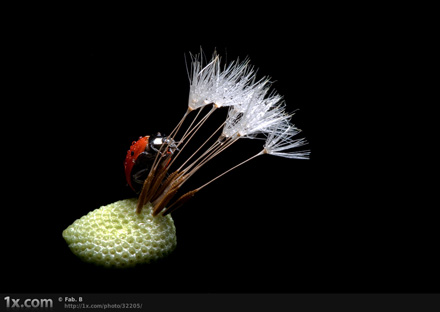
From last year, i decided to increase the challenge and to try some more complicated compositions with multiple subjects. To do so, I had to arrange some meetings 🙂
Typically, the series of pictures with ants and my latest picture with the mantis and the spider, I would like to emphasize that, I took great care while manipulating the insect to bring it to where I want it to be. I never manipulate the insect directly with my hands because they are fragile. So I just take the support on which it is and bring it near the support where I want it to be. I’ll wait for a few seconds to let it climb on the dedicated support and that’s it.
This requires many tries. You can’t just ask an insect to do this or that, stay here, turn your head, look at me and smile.
Q. Do you have any preferred time to shoot macro?
A.
As I’m really keen on natural light, I prefer the early morning of a sunny day or sunset.

So spring and autumn are my preferred season. During summer, sun rises too early for me. So I prefer the evenings. This year was more complicated as I’ve had some difficulties to manage all my activities, so I shot only when I could. But this has led to a change in my setup.
Q. Most of the people I have seen take macros in an indoor, controlled environment. But your approach is completely different. Rather than an insane close-up of the insect, you seem to be able to bring out the character in the nature through its subjects. Can you explain your setup while taking a macro?
A. Yes, you are right. I do not like taking insane close-ups of insects. I would rather like to show the insect in a natural environment.
I always perform my pictures outside.
I tried once or twice to make some indoor pictures but quickly realized that it is not my cup of tea as I didn’t succeed in getting good results. From my point of view, it requires complicated lighting system that I don’t have. So, all my shots are taken in the natural environment of the insect.
Also I’ve no pre-established recipe. I go outside, look for a subject, evaluate the situation, the direction and intensity of light. Then I try to find the best angle to compose the picture taking into account all these parameters. I especially focus my attention on the background quality (the bokeh). Considering all these things, I select the suitable gear parameters (aperture, shutter speed and ISO). I also try to vary my angle and composition as much as possible. When natural light is not good enough, I often use an additional flash lighting to create some nice rim light effects.
Q. What kind of gear do you use?
A.
Body – A canon 7D since the last two years; I started off with a canon 400D
Lens – The Sigma 180 mm f/3.5 macro lens since the last two years and I started off with a Canon 100mm macro lens. I also have a wide angle lens, Tokina 11-16mm, Canon 50 mm f/1.4 for portrait. Sometimes for macro, I use a Kenko extension tube. For long distance shots, I use a canon 70-300mm f/4-5.6 lens.
Tripod – I prefer to use a monopod which is easier to use and easily mobile. I use my Benro tripod only for long exposure shots.
Filters – None for macro. But I’ve some BW filters for landscape and long exposure – a circular polarizer filter and a 10 f-stops filter.
Flash – As an additional lighting source, I use a Canon speedlight 580EX II. I also have bought a macro flash – Canon MT24 EX. But for the time being, I find it too complicated to use.
Camera bag – LowePro Slingshot.
Q. Which is your favorite lens? Why?
A. The sigma 180mm macro lens; because I am more involved into macro. Compared to a 100 mm, I find it much better because of its long working distance and the beautiful bokeh it gives.
Q. When you go in one of your travels, what all do you take with you? Why?
A. I often take all my gear, because I never know what kind of picture I will do.
And I don’t want to miss an opportunity just because I’m too lazy to carry my gear.
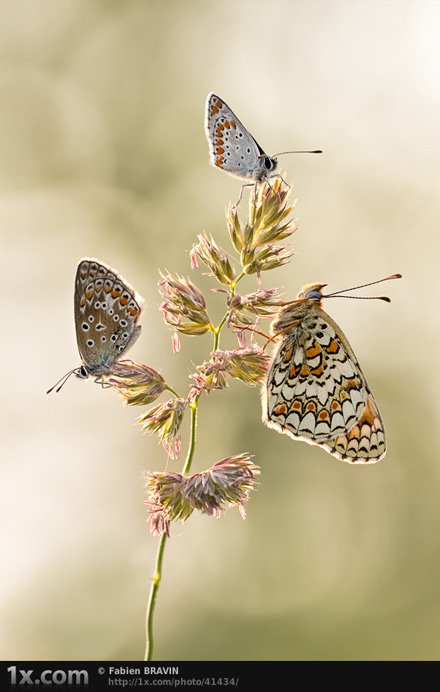
Q. Among the many gadgets that you own, is there something that you wish you hadn’t bought? Why?
A. Maybe one – a ring flash head to be adapted on a speedlight flash that I do not often use.
Q. What kind of tools do you use for post processing?
A. I always shoot in raw format. At the beginning I was using Adobe Photoshop software. Since I’ve discovered Adobe Lightroom, I use it extensively. First, to manage my library and second to develop my pictures.
To process my pics, I have no pre-established recipe. It depends on how the original image is, the light, the colors and the way I feel, the mood I want to convey or emphasize. I like to play with white balance and colors cursors till I get the expected result.
Q. Among your works, which one is your favorite? Why?
A. It’s hard to answer. There are many pictures which have a story behind and some nice encounters. If I have to pick one, it would be “Last Night On Earth“. It is simple and feels ethereal. I like the strange and fragile aspect of this tiny mantis larva.
Another favorite would be “The fable of the ladybug and the empusa“. This picture brought me a lot of satisfaction and happiness when I made the encounter.
Q. Whose work has influenced you the most?
A. When I started doing macro, I joined a French photography forum website where I met an artist from whom I have learned a lot; technically and artistically. He – El Justino – is a talented artist.
Once I discovered 1x, the amazing works of Marta Grzesiak and Magdalena Wasiczek have totally blown me away.
Q. What is the one thing you wish you knew when you started taking macros?
A. He he… On my side, there is nothing that comes to my mind right now. But, I think my wife wish she knew, when I began photography, that macro was a kind of drug and that you can become quickly addicted to.
Q. Your pictures have influenced me so much that I tried my hand at capturing the macro world. Can you please criticize my attempt?
A. It’s a very good start and the picture really pleasant to the eyes.Focusing is sharp, colors are very nice and I love the bokeh.
For me, one thing could have been better is the composition. I would have prefered to see a bit more of the face of the bug (with a more lateral point of view). Also I would have framed the picture in order that the bug is located on the upper left third part of the picture instead of the center. Remember to adhere to the rule of the third when composing.
You are on the good way.
Q. To an aspiring newbie macro photographer, what would you like to say?
A. At the very beginning, put all your attention on getting the focus right.
Whatever the depth of field you have (linked to the selected aperture), it is very important to have the bug’s eyes in the focus.
Once you have this under control, next think about framing and composition. Don’t start with a complicated situation. Try to find subjects with light background placed at a distance from the subject. This will allow you to go to smaller aperture (giving you longer depth of field and more chance to get the eyes in the focus.)
Heavy and close backgrounds require large or full aperture to get a nice bokeh and here it is much more complicated to get the focus point precisely on the eyes. Take as many pictures as you could. Once the first shot is in the bag, go to picture viewer in the camera and make sure you get the focus point right. Practice a lot to improve your technical skills.
To learn the artistic aspect, study photographs of other artists . Then make your own way by developing your own artistic fiber.
Our favorite Fabien Shot – Hidden … Well almost!


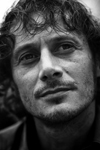

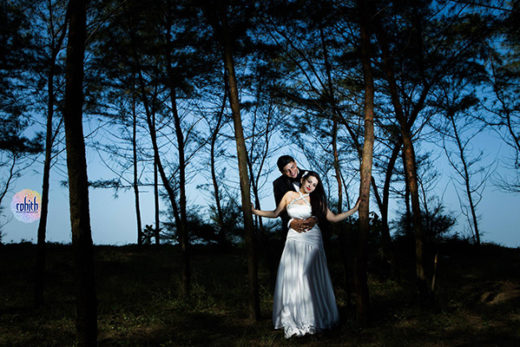

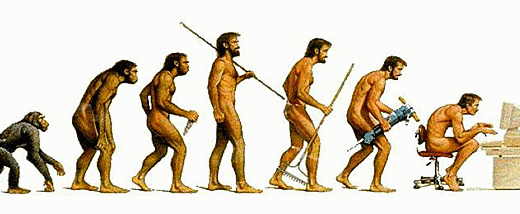
Great interview with a great photographer!
I really enjoyed reading!
@aimishboy,
Thanks for your comments. I hope Fabien’s pictures have influenced you to strive for better pictures.